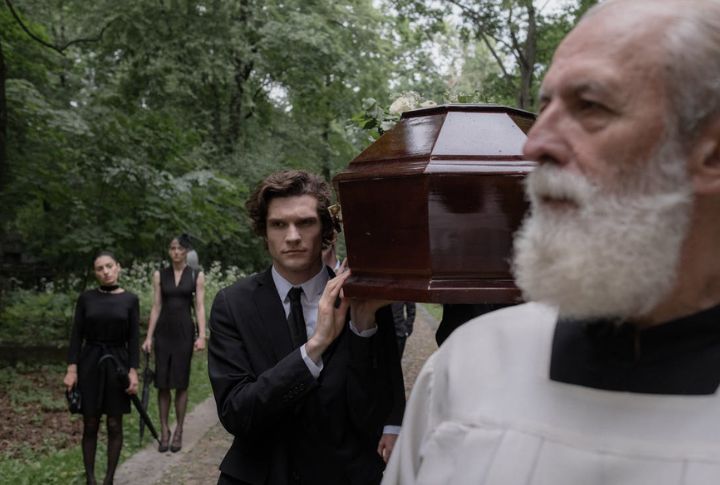
Deciding how to honor a life after death stirs deep questions for many Christians. While cremation grows more common, ancient beliefs and faith-rooted uncertainty still shape choices today. This thoughtful piece explores meaningful truths and quiet reflections on faith and the body. Read on to consider what matters most.
Burial Was The Norm In Bible Times
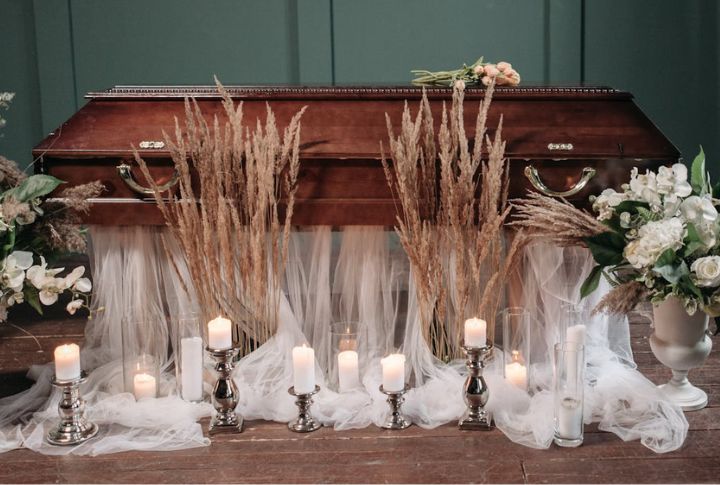
In both the Old and New Covenant eras, burial was standard practice for the faithful. Revered figures like Abraham and Jacob rested in tombs, and many burial sites were carved into caves. Even Jesus was laid in a grave. Wealthy families marked status with elaborate tombs.
Cremation In Ancient Cultures
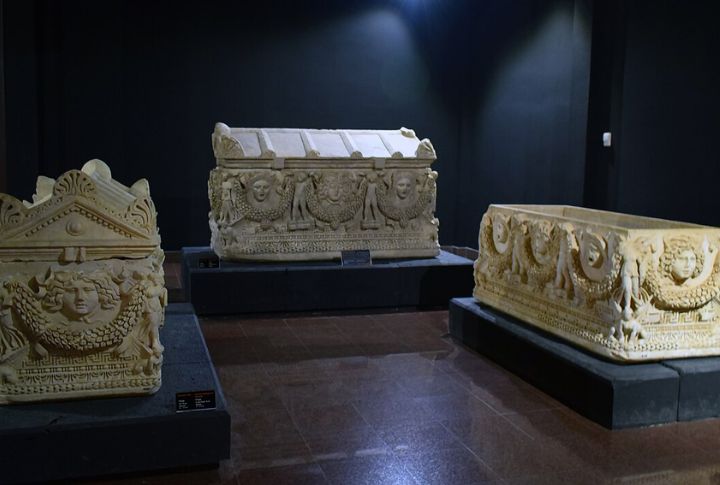
Ancient pagan cultures practiced cremation openly, but Israel’s people generally did not. Among Greeks and Romans, cremation was expected. However, early Christians turned away from these rituals, believing burial fit their faith. Some cultures saw ashes as symbols of cleansing. This background explains why burial stayed central for believers.
How Early Christians Handled The Dead
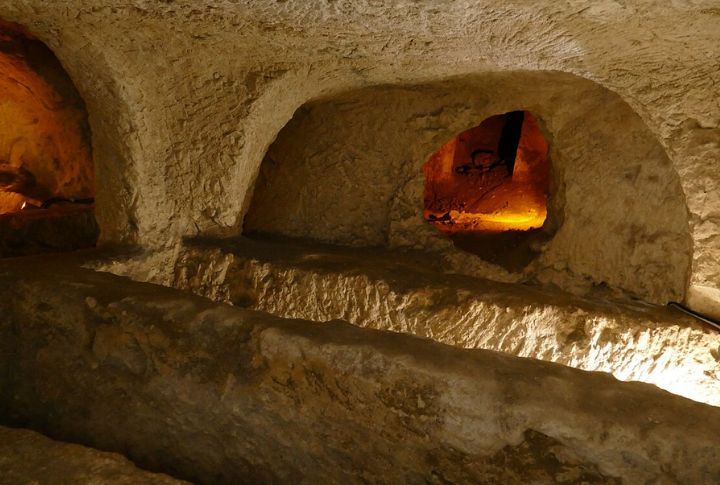
Belief in resurrection shaped early Christians to bury their dead, not burn them. Catacombs became resting places for countless believers, and brave Christians secretly buried martyrs to honor their sacrifice. Many tombs bore simple fish carvings, and pilgrims later flocked to these burial sites for spiritual connection.
Bible Verses That Mention Fire And Death

Fire, in biblical language, symbolizes God’s judgment and purification processes. No verse directly supports cremation as a practice. Elijah’s dramatic departure by a fiery chariot wasn’t cremation. Sacrificial offerings were burned as acts of worship, and Revelation’s lake of fire highlights eternal judgment.
The Resurrection Of The Body Belief
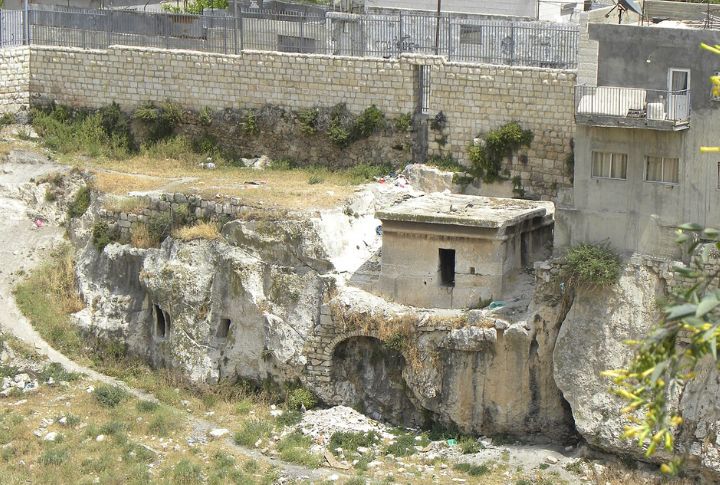
Christian faith upholds the resurrection of the body, making burial a symbol of waiting for that promise. Many ancient tombs faced east in expectation of Christ’s return. Some cemeteries still position graves this way. Early believers called graves “sleeping places” because of the trust that the dead would rise again.
Cremation And The Soul’s Fate
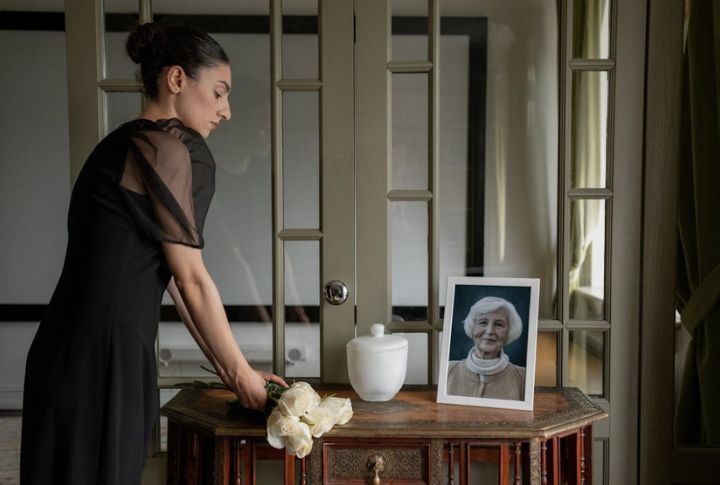
In Christianity, the soul and body are separate, so cremation does not change salvation. While some cultures once feared unrested spirits if cremation was skipped, families today may keep ashes or scatter them respectfully. Modern theologians support the view that the soul lives on, untouched by cremation.
Church Stances On Cremation Today
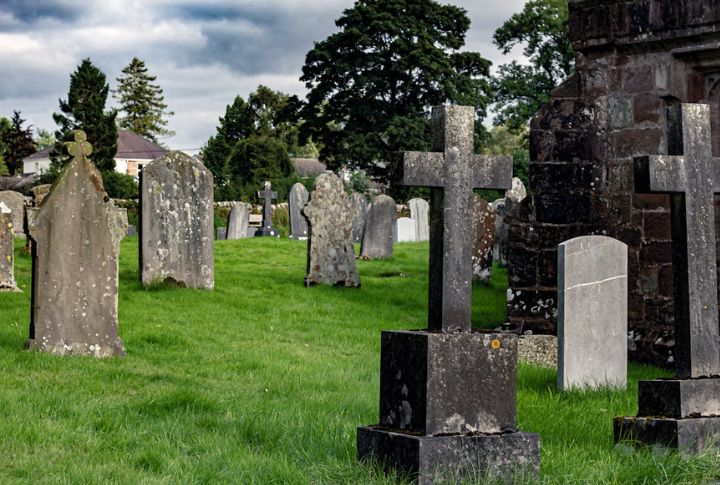
Cremation is widely permitted by Protestant churches today. Catholics also allow it under certain conditions. The Vatican lifted its ban in 1963. Many families place cremated remains in columbaria, providing a respectful resting place. This also helps keep ashes intact and not scattered freely.
Why Some Christians Still Prefer Burial
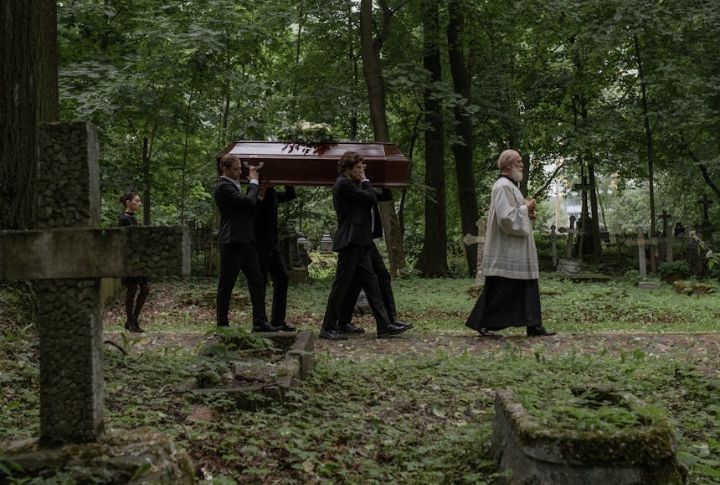
For many believers, burial honors the body’s sacredness. Tradition influences this decision strongly. Family plots strengthen generational ties and keep loved ones together even in death, and graveside gatherings comfort the grieving. Growing interest in green burials shows a desire to care for the earth, even after life’s end.
Cultural Shifts In Funeral Practices
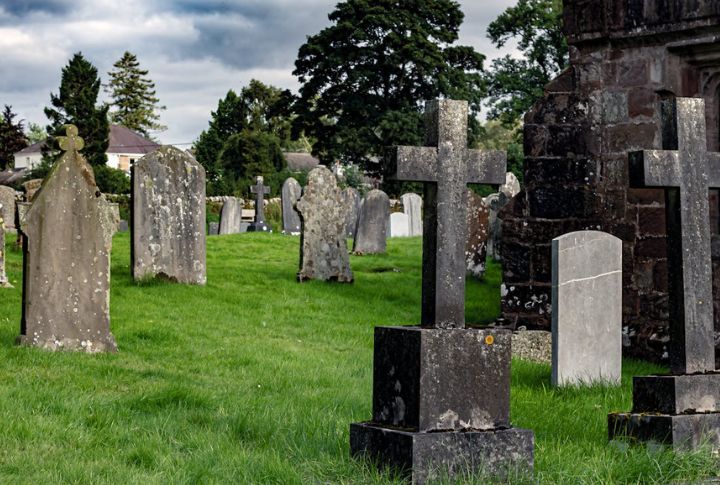
More Americans now choose cremation, mainly due to lower costs compared to burial. Some urns today break down naturally, returning ashes to the earth. Turning ashes into memorial diamonds also happens too. Scattering gardens in cemeteries have become popular spots for families to release loved ones’ remains with dignity.
Environmental Concerns And Cremation
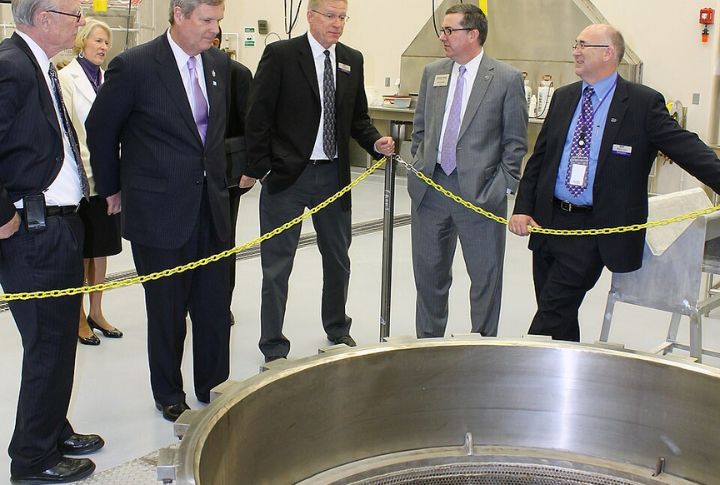
Both cremation and burial affect nature in different ways. Cremation burns fossil fuels, while burial requires land and materials. Eco-friendly families now choose water-based cremation, known as alkaline hydrolysis, which uses less energy. Tree pod burials and planting a memorial tree are also growing trends for eco-minded believers.

